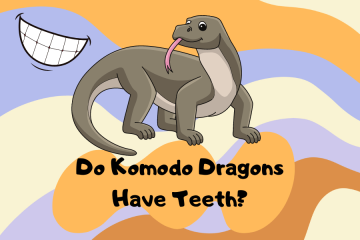Asian small-clawed otters are the smallest otters in the world. They are predominantly a dark brown with a lighter patch on their throat. They have relatively short hair with their longest hairs at less than an inch in length. The feet of Asian small-clawed otter are very narrow and are only webbed to the last joint and not all the way to the end of the toe.
They have very short, blunt claws. The fact that their paws are only partially webbed gives them an excellent sense of touch and coordination. They catch their prey in their paws instead of with their mouth (unlike other otters.)
Food
Asian small-clawed otters live on crabs, mollusks, fish, and small aquatic mammals.
Habitat
Asian small-clawed otters live in freshwater wetlands and mangrove swamps. They are on land more than any other otter. Asian small-clawed otters are found Southern India, Southern China, Southeast Asia, Indonesia and the Philippines.
Social Structure
Asian small-clawed otters are one of the few social otters. Breeding pairs will stay together for life and both participate in the raising of their young. Young otters will often stay with their parents after adulthood and live together in a small social group of anywhere from 4 to 12 animals. Within these groups, Asian small-clawed otters can be found playing games such as tug-of-war or just sunning themselves. The female Asian small-clawed otter is dominant over the male and the male will hunt for the female and her pups as they develop.
Birth & Offspring
Young Asian small-clawed otters are born small and helpless. They don’t open their eyes until they are 40 days old. They start to swim at 63 days and eat solid food at 80 days.
Senses
Asian small-clawed otters have an excellent sense of vision, both under water and above.

Lydia King is a huge animal lover and has always been fascinated with learning about the animal kingdom. She enjoys writing about anything animal related from scientific information about rare species to animal references in pop culture.












